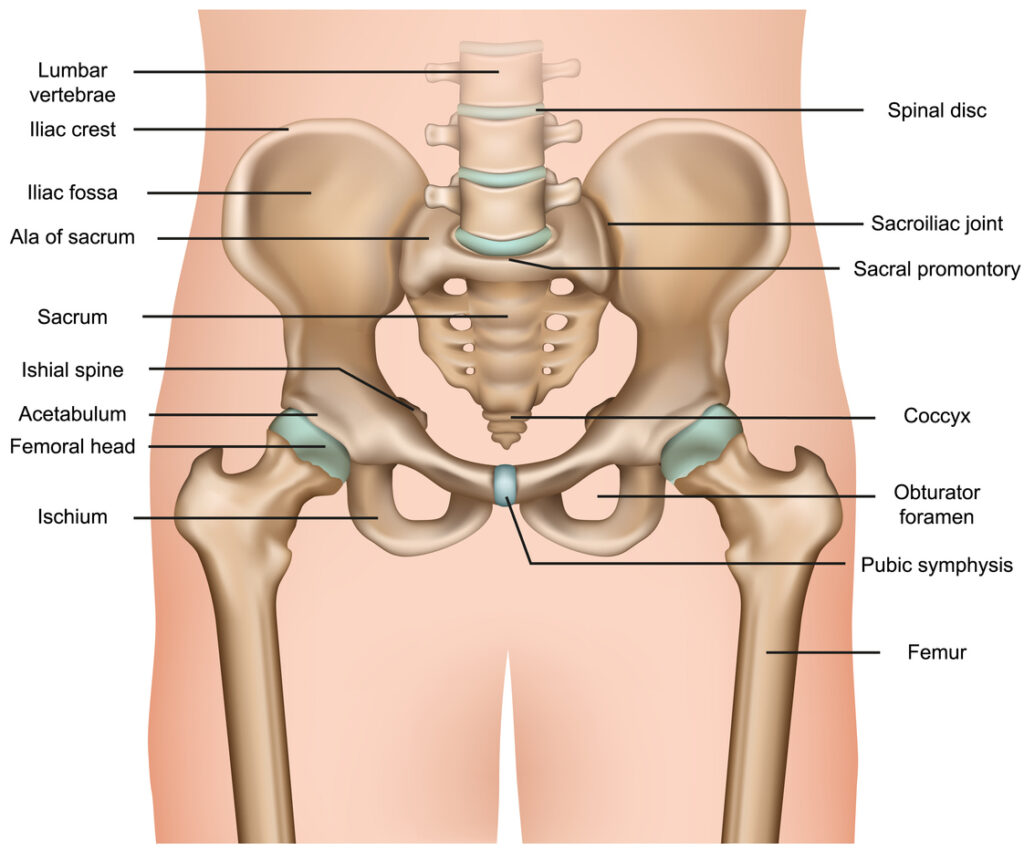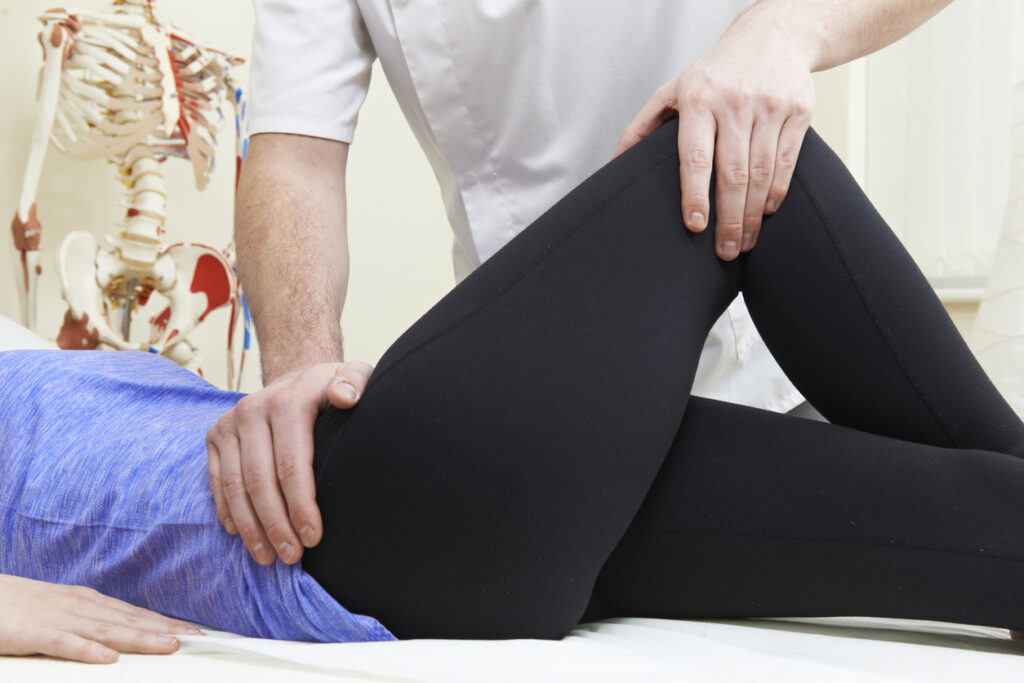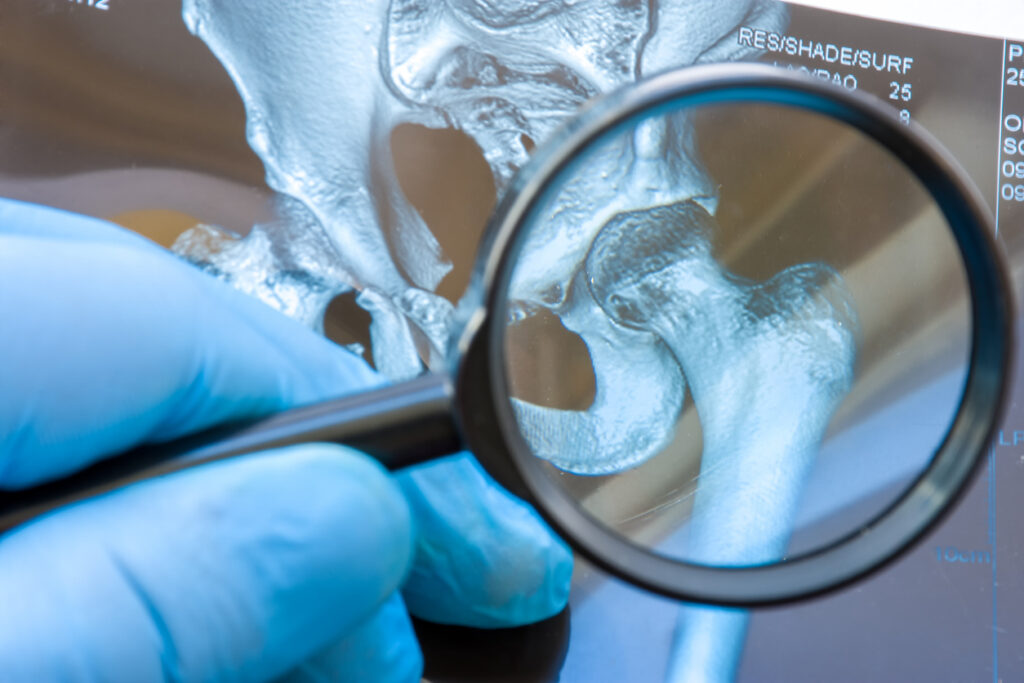Hip pain is a big worry, especially for active people and athletes. A common cause of hip pain is femoroacetabular impingement (FAI). This condition occurs when abnormal bone structures in the hip joint create friction. Over time, this friction can cause damage. Cam lesions are one type of FAI, specifically when the femoral head (the ball of the hip joint) has an abnormal shape, causing it to rub against the hip socket. Friction can cause pain and limit movement. It may also lead to serious problems, such as cartilage damage or osteoarthritis.
What is a Cam Lesion?
A cam lesion is a type of femoroacetabular impingement (FAI). It occurs when the head of the femur (thigh bone) has an abnormal bony prominence or bump. This deformity stops the hip joint from moving smoothly. It makes the femoral head rub against the acetabulum, which is the hip socket. Repeated friction can harm the cartilage and labrum over time. This may cause pain, inflammation, and, if ignored, joint degeneration.
Cam lesions often occur in young, active people. They are especially common in male athletes who play sports with lots of hip rotation or flexion. This includes soccer, hockey, and ballet. If not treated, the impingement may lead to hip osteoarthritis. This condition happens when the cartilage in the joint gradually breaks down.

Symptoms of a Cam Lesion
Some people with a cam lesion may not feel any symptoms. However, many will notice increasing discomfort and pain over time. Common symptoms of a cam lesion include:
- Hip Pain: A dull or aching pain in the front of the hip or groin, especially during or after physical activity.
- Stiffness and Limited Range of Motion: Difficulty with movements such as squatting, bending, or twisting due to discomfort and restricted joint movement.
- Pain during Flexion: The pain may intensify when the hip is flexed, such as during sitting, running, or other activities that involve deep hip bending.
- Clicking or Locking: In some cases, individuals with a cam lesion may experience clicking or catching sensations within the hip joint.
- Pain with Prolonged Sitting or Standing: Increased discomfort when sitting for long periods or standing, particularly if the hip is held in a flexed position.

Risk Factors
The exact cause of cam lesions is not always clear, but several factors are believed to contribute to their development. These include:
- Genetics: Some individuals may be genetically predisposed to develop bony abnormalities in the hip joint, including cam lesions.
- Abnormal Bone Development: A bump or irregularity can form if the femur’s ball-shaped head does not develop properly.
- Sports and Physical Activity: High-impact sports or activities that require frequent hip movement, such as soccer, ballet, or hockey, can increase the risk of developing a cam lesion. These activities place repeated stress on the hip joint, potentially contributing to bony changes over time.
- Hormonal Changes: Hormonal changes, especially during periods of rapid growth, can impact bone development and increase the risk of developing conditions like cam lesions, particularly in younger individuals.
- Previous Hip Injuries: A history of hip trauma or injury, such as fractures or dislocations, can alter the normal structure of the hip joint and increase the likelihood of developing a cam lesion.
Diagnosing a Cam Lesion
Diagnosing a cam lesion starts with a detailed physical exam. The doctor checks the patient’s symptoms, such as pain and hip joint movement. A key part of the diagnosis is checking the patient’s medical history. This includes looking for past hip injuries or activities that may raise the risk of bone issues. Imaging tests are essential for confirming a cam lesion. X-rays are often the first step, as they can reveal changes in the shape of the femoral head and help identify any bony bumps or irregularities.
Sometimes, a detailed imaging study is needed. This could be an MRI scan or a CT scan. These tests help determine the severity of the lesion. They also check for cartilage damage or if other joints are affected. These advanced imaging techniques give a better look at soft tissues and bones, helping doctors develop the best treatment.
Treatment Options for Cam Lesions
The treatment for a cam lesion aims to reduce pain, improve joint function, and prevent more damage to the hip joint. The approach will change based on how severe the symptoms are and how many joints are affected. Here are five common treatment options:
- Rest and Activity Modification: Temporarily avoiding activities that stress the hip joint, such as running or jumping, can help reduce pain and prevent further injury.
- Physical Therapy: Targeted exercises, under the guidance of a physical therapist, can strengthen the muscles around the hip joint, improving stability and mobility and reducing pressure on the affected area.
- Pain Management: Over-the-counter medications like ibuprofen can help manage pain and inflammation. For more severe cases, corticosteroid injections may be administered to alleviate inflammation and provide relief.
- Hip Arthroscopy: Minimally invasive hip arthroscopy surgery may be recommended if conservative treatments don’t provide relief. This procedure involves small incisions and the use of a camera to remove or repair damaged tissues, such as the labrum or bone spurs, and to improve joint function.
- Lifestyle Adjustments: Maintaining a healthy weight, using proper footwear, and incorporating low-impact activities like swimming or cycling can reduce stress on the hip joint, helping to manage symptoms and prevent progression.

Recovery Process
Most patients feel less pain and see better joint function after hip arthroscopy or other treatments. Recovery takes time, so it’s important to follow your surgeon’s rehab instructions. opens in a new windowPhysical therapy will likely be a key part of the recovery process, as it helps restore strength and flexibility to the hip joint.
The outlook for treating a cam lesion is usually positive. Early diagnosis and proper care make a big difference. Many people can return to regular activities, like sports, after treatment. Some might need to change how much they do to prevent problems later.
Contact Us
Cam lesions are a common cause of hip pain, but they are treatable with the right approach. If you’re experiencing persistent hip pain or have concerns about your hip health, it’s important to seek expert care. Dr. Peter Howard, M.D., is an orthopedic specialist. He can diagnose and treat cam lesions and personalize a treatment plan for your unique needs. Schedule an appointment with Dr. Peter Howard today. It’s the first step to improving hip health and returning to your active life.


